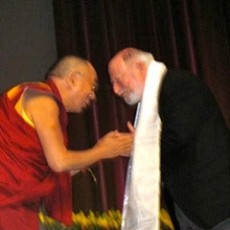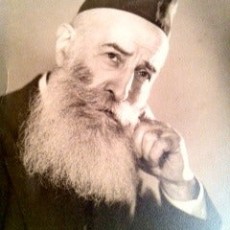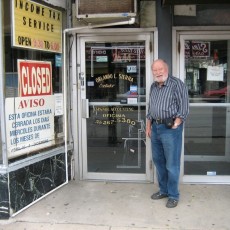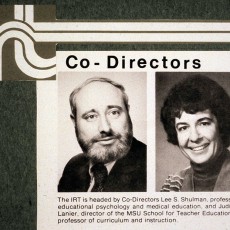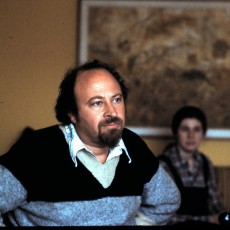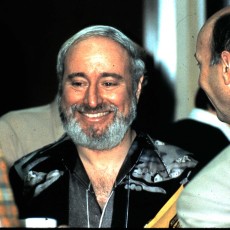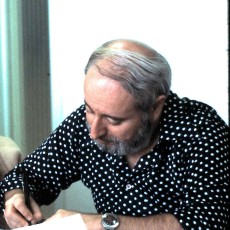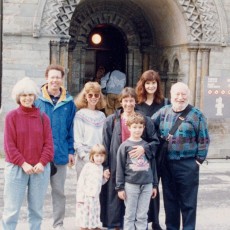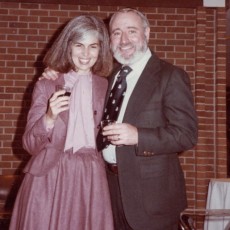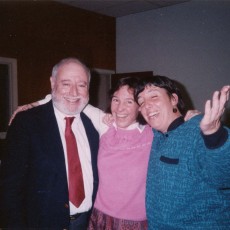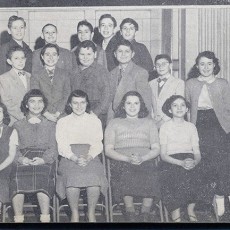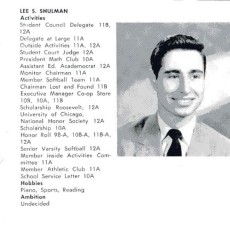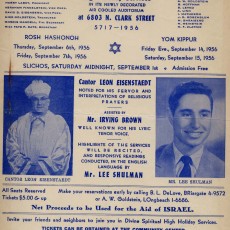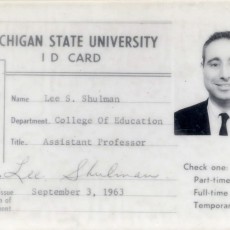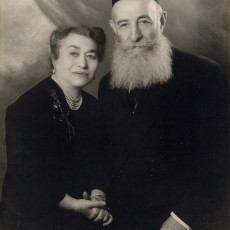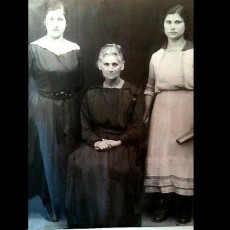Lee Shulman
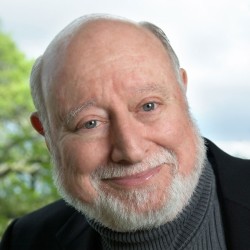
Lee Shulman is President Emeritus of the Carnegie Foundation for the Advancement of Teaching (1997-2008) and Charles E. Ducommun Professor of Education Emeritus at Stanford University. Before becoming president of the Carnegie Foundation, he was the first Charles E. Ducommun Professor of Education and Professor of Psychology (by courtesy) at Stanford University. Dr. Shulman was previously Professor of Educational Psychology and Medical Education, and he also served as the founding co-director of the Institute for Research on Teaching both at Michigan State University. Shulman (with Arthur Elstein) pioneered the investigation of medical reasoning, producing the most comprehensive study of the cognitive processes of medical problem solving of its time. Dr. Shulman’s research and writing focus on the study of teaching and teacher education, the importance of pedagogical content knowledge, and the quality of teaching in higher education. Also a past president of the American Educational Research Association (AERA) and of the National Academy of Education, he received the AERA’s highest honor, the career award for Distinguished Contributions to Educational Research. The recipient of numerous awards including the E. L. Thorndike Award for Distinguished Psychological Contributions to Education (1995), the Grawemeyer Award in 2006 for his collected writings in The Wisdom of Practice (by Jossey-Bass), and the AERA Division K Legacy Award (2011) for his exemplary contributions through research, teaching, and professional service, Dr. Shulman continues to advocate for the importance of teaching at all levels.
To learn more about Lee Shulman from his family and friends, visit his Reflections. To view photographs from Lee Shulman’s personal collection, visit his Photo Gallery.
Curriculum Vitae Suggested readingsVisit the video below to watch a short overview of the interview with Lee Shulman. Otherwise, see all five of the full interviews with Lee Shulman below.
Video Interviews with Lee Shulman:
Born in Chicago, Illinois as the only son of Jewish immigrants, Dr. Lee Shulman fondly recalls his early years spent in a yeshiva high school and at his parent’s delicatessen. “Forming his academic identity” while studying at the University of Chicago, Shulman honed his analytical skills by “wrestling” with classical Greek literature and Jewish texts. Insisting that “nothing worth reading can be skimmed,” Shulman studied philosophy and educational psychology, earning his doctorate by age 24. Watch this clip to learn how Dr. Shulman became a philosopher by “making distinctions.”
Noting that “he who can does, and he who understands teaches,” Dr. Lee Shulman has adapted George Bernard Shaw’s old adage to reflect the critical role of teachers in student achievement. Propelling Michigan State University to national prominence through his research on cognitive processing, Shulman also led pioneering efforts to professionalize teaching. Likening the art of teaching to a seemingly ordinary game of golf, Shulman explains the importance of a “pedagogical swing” that must change to fit current needs and conditions. In this clip, learn more about the missing paradigm-pedagogical content knowledge-as the “essence of great teaching.”
Believing his work on content pedagogy to be the “most generative work [he] will ever do,” Dr. Lee Shulman also inspired the creation of the National Board for Professional Teaching Standards (NBPTS) with his vision for teacher assessment. Careful to differentiate between student achievement and learning, Shulman also advocates for greater public trust in teacher judgment. When asked to reflect on his tenure as president of the Carnegie Foundation for the Advancement of Teaching, Shulman uses the Hebrew word naches to explain that he derives great pleasure from the achievements of others, especially his colleagues and students. In this clip, hear Dr. Shulman’s prescription for excellence in teacher preparation programs.
Regarding “teaching as community property,” Dr. Lee Shulman readily explains the importance of graduate studies that allow educators to engage in “the highest level of professional practice”-teaching in the classroom. Describing teaching “as a form of scholarship,” Shulman profoundly shaped the development of the educational doctorate through his work at the Carnegie Foundation. Also advocating research that recognizes the role of religious traditions in learning, Shulman notes that “more students world-wide attend religious schools than secular ones.” View this clip to hear Dr. Shulman’s description of pastrami as a metaphor for “a well marbled life.”
Crediting renowned scholars Joseph Schwab and Benjamin Bloom for his early professional success, Dr. Lee Shulman remains inspired by “really good questions,” adding that “teaching and research should be fun.” Citing pedagogy, teaching, and naches among his favorite words, Shulman admits he would also have enjoyed a career writing for Seinfeld or Saturday Night Live! Described as wise and patient by his own students, Shulman cautions young researchers to use footnotes and references to acknowledge the importance of others’ work in the field. Watch this clip to hear from Dr. Shulman about the continuous need to share the gift of research beyond academia.
Amrein-Beardsley, A. (2011, May 10). Inside the Academy video interviews with Dr. Lee Shulman [Video files]. Retrieved from /inside-the-academy/lee-shulman
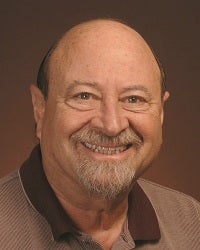
Dr. David Berliner
Sharing with Dr. Lee Shulman an intense interest in the study of teaching, Dr. David Berliner praises his long-time friend for his “admirable moral compass and remarkable good [sense of] humor.” Citing his numerous contributions to the field, David credits Lee for his pioneering work on the “importance of subject matter” in teaching, introduction of case-based learning in teacher education, and development of revolutionary teacher performance assessments. David also notes that Lee’s research in the area of medical decision-making dramatically reshaped the study of teaching to include “cognitive psychological concepts.” A distinguished scholar and the catalyst in “dozens of research projects,” David also enjoys a great lobster dinner or home-made grebanes with his friend and colleague, Lee. Describing Lee as “a man committed to his family and friends, to his institution, to the promotion of scholarship, to Jewish culture, to a good meal, and a good laugh,…to life,” David encapsulates the essence of his friend simply-“Lee is a mensch!”
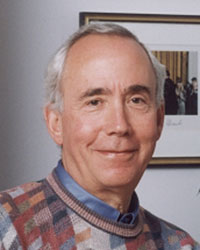
Dr. Tom Ehrlich
Describing his friend and colleague, Dr. Lee Shulman, as “a beautiful human being…who cares deeply about others…,” Dr. Tom Ehrlich appreciated his “non-administrator” style of leadership while Tom worked as a senior scholar at the Carnegie Foundation for the Advancement of Teaching. Noting Lee’s belief that “everyone has the capacity to do good work with the right facilitation,” Tom praises his friend as “a supremely good facilitator.” Always willing to discuss “the widest range of perspectives,” Lee earned the admiration and respect of his colleagues during his eleven-year tenure as the President of the Carnegie Foundation. Recalling humorous memories with his long-time friend, Tom explains that Lee “often used pastrami as a metaphor for life,” adding that “his humor was ‘marbled’ throughout every inquiry in which we engaged!”
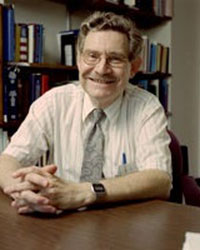
Dr. Arthur Elstein
“A gifted speaker and story-teller,” Dr. Lee Shulman “engages with a wide variety of people easily and effectively,” according to Dr. Arthur Elstein, his friend of nearly six decades. As counselors at a Jewish summer camp during their youth, Lee and Arthur remained close friends throughout their studies at the University of Chicago. Each acting as best man in the other’s wedding, they also co-authored Medical Problem Solving: An Analysis of Clinical Reasoning, a classic in the field of medical education, while conducting research at Michigan State University. Heralding Lee’s vision as “a major force in designing and implementing that project,” Arthur also notes that Lee founded the Institute for Research on Teaching (IRT) “to bridge the gap between the educational research community…and teachers in the trenches.” Describing his professional accomplishments as “very hard to beat,” Arthur characterizes his colleague as “multi-disciplinary in the best sense of the term.” Finally, encapsulating the nature of his friendship with Lee simply, Arthur writes that his friend is “a very enjoyable companion with a fine sense of humor and great breadth of knowledge.”

Dr. Gary Fenstermacher
Characterizing Dr. Lee Shulman as “a good friend, colleague, collaborator, critic, travel buddy, and host…,” Dr. Gary Fenstermacher first met Lee, then editor of the Review of Research in Education series published by the American Educational Research Association (AERA), over 35 years ago. Seeking a contributor for the volume, Lee invited an “unknown in educational research” at the time-Gary Fenstermacher-to write on the status of research on teaching. Citing Lee as the founder of the “Invisible College for Research on Teaching,” Gary notes that his colleague’s role in “promoting the careers of younger and more junior scholars” has provided many highly reputable researchers with valuable opportunities for advancement. Described as “a superb mentor,” Lee is “an outstanding thinker and huge contributor to multiple literatures in education” in the eyes of his friend, Gary. Also, Gary insists that Lee “holds the highest degree of attainment possible in Schmoozing,” adding that if Lee were writing the standards for the degree, he “would want it to be a professional practice doctorate!” Reminiscing about 30 years of friendship, Gary recalls his experiences with Lee which include traveling abroad, celebrating birthdays, and discussing “religion, epistemology, [and] ethics, usually mixed with Lee’s vast store of Jewish jokes…,” adding that “our entire relationship has been fun!” In addition to Lee’s contributions to the field as “a fine scholar, first-rate Jewish educator, superb foundation president, marvelous facilitator of young academics, outstanding matchmaker for scholarly contributions, [recipient] of more than a dozen honorary doctorates, and the holder of the world’s first and only chaired professorship in Schmoozing,” Gary describes Lee, perhaps most importantly, as “a grand, good friend.”
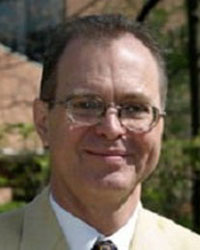
Dr. Bob Floden
Working with his mentor, Dr. Lee Shulman, at the Institute for Research on Teaching (IRT) at Michigan State University, Dr. Bob Floden recalls his experiences creating and teaching an undergraduate teacher preparation course with Lee. When Lee described the work of his staff at IRT to others, Bob jokingly explains that each staff member “busily [took] notes on their own work,” adding that Lee “brought out the good quality in our work in ways that we had never been able to describe ourselves.” By “elevat[ing] the stature of research on teachers’ knowledge,” Lee also created “a vibrant area of research,” emphasizing “the fact that teachers do indeed have special knowledge.” Describing Lee as “intellectually inspirational,” Bob praises his friend’s “incredible ability to give spellbinding talks on a range of topics, helping listeners see subtleties in material they thought they knew.”

Dr. Pat Hutchings
Describing Dr. Lee Shulman as a “wordsmith whose metaphors and images often deeply resonate with their audiences…,” Dr. Pat Hutchings first approached Lee in 1987 to request his participation in an upcoming conference. While serving as the Vice President of the Carnegie Foundation for the Advancement of Teaching, Pat also enjoyed Lee’s great sense of humor. As the foundation’s president, Lee insisted that “he had no experience (and has carefully avoided getting such) as an administrator…[or] with boards.” Of course, adds Pat, “he was a genius at both!” Recalling his use of pastrami as a metaphor to explain “the way various aspects of the higher education experience should be ‘marbled’ together for students,” Pat adds that Lee shared this analogy on a “This I Believe” segment for National Public Radio (NPR), entitled “I Believe in Pastrami.” Also an advocate for “teachers (at all levels), who often have no…space in their daily lives” to relax and reflect with others in the profession, Lee created “a habitat for thought” within the Carnegie Foundation under his leadership. Inspired by the Bellagio in Italy, The Carnegie Foundation building at Stanford University is affectionately referred to as the “Pedagagio” in keeping with Lee’s vision. “A big-idea man” in the eyes of Pat, Lee coined the term, pedagogical content knowledge, to explain the “special kind of knowledge [teachers have] not only of the field they teach but of how to teach it….” Acknowledging Lee’s influence as an advocate for greater integration between teaching in higher education and the scholarly community, Pat cites Lee’s belief in “teaching as community property” among his most significant scholarly contributions. Characterized by Pat as “intellectually generous,” Lee also “has a gift for making others feel valued for their ideas…a matter of personal warmth and genuine interest” in others.
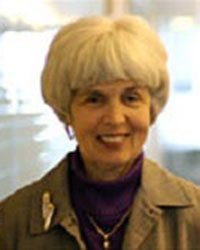
Judy Shulman
“A wonderful husband, father, and grandfather” to his wife, Judy Shulman, and family, Dr. Lee Shulman is “an extraordinary scholar who inspires and learns from others.” Having met Lee while attending school, Judy recalls her early fears that he would procrastinate too long to finish his dissertation, adding that he typed “the whole thing…(on a typewriter) in five days and nights!” Once concerned about Lee’s plan to support Judy after their wedding, her older brother questioned the young groom regarding his long-term aspirations. Explaining that he intended to become a philosopher, Lee further described his future profession, insisting that philosophers “make distinctions.” Ironically, a recruiter for the presidency of the Carnegie Foundation praised Lee’s work using the same terminology over 35 years later, explaining that “You make such good distinctions.” Described by his wife as “an inspirational leader [with a] marvelous sense of humor,” Lee’s “ideas and visions are often groundbreaking.” Explaining Lee’s commitment to working “within a community of scholars,” Judy associates the “importance of community building” with the “essence of his leadership style.” Using the Yiddish word kvell, Judy characterizes her husband’s willingness to take “pleasure in the accomplishments of others” as one of his greatest virtues. In the eyes of his wife and many others, Lee is also “wise, patient, [and] a great listener and mentor of graduate students and young faculty,” adding that he takes “pleasure in all our accomplishments-large or small.”

Dr. Suzanne Wilson
First meeting her friend and mentor, Dr. Lee Shulman, while studying at Stanford University, Dr. Suzanne Wilson worked in collaboration with Lee on the Knowledge Growth in a Profession Project, Teacher Assessment Project, and later at the Carnegie Foundation for the Advancement of Teaching. Once invited by Lee to present their research at the annual meeting of the National Association for Independent Schools in Boston, Suzanne and fellow graduate student, Pam Grossman, were “understandably nervous.” Planning to prepare for the presentation on the airplane or at the hotel, Suzanne and Pam were shocked when Lee sketched the plan on a napkin at breakfast. In retrospect, Suzanne notes that the “presentation went swimmingly.” An advocate for the “serious intellectual investigation” of teaching and teacher education “well before almost anyone else,” Lee also understood teaching “as professional work-undetermined [and] calling for knowledge, skill, and an ethical stance.” “Gener[ous], intellectual, and personal” in the eyes of Suzanne and many others, Lee voiced his “intellectual and political support of institutions like…the Institute for Research on Teaching at Michigan State University, Division K within the American Educational Research Association, and the National Board for Professional Teaching Standards.” For Suzanne and others in the field, Lee’s influential research laid “a foundation upon which we all now build.”


